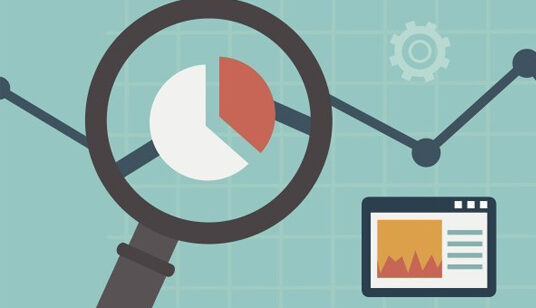Why You Should Upgrade To Universal Analytics?
In April this year, Google announced changes to its website traffic service, Google Analytics, and has now started to roll out the more advanced version, Universal Analytics, for all its users. Universal Analytics is now the new operating standard for Google Analytics, providing new collection methods and reporting tools that help to measure website data more accurately.
There are many new features allow businesses to measure an array of activity in much finer detail. It is essential that users are aware of the changes and benefits, as every account will need to be upgraded, or if not, they will be auto upgraded in the future. If this happens, then the new tracking features will not be usable until the tracking code onsite is upgraded to a new Universal Analytics tracking code.
It is best advised to upgrade to Universal Analytics as soon as possible in order to make the most of the new features and to develop a new measurement plan for marketing activity. Here are some changes that are key:
Track offline activity
One of the most exciting aspects of Universal Analytics is the ability to send data from offline sources to your analytics account using the Measurement Protocol. With the Measurement Protocol, businesses can import CRM data, POS data, surveys, or virtually any other information that it wants to correlate with any other digital marketing activity. Google states it’s benefits as:
- Measure user activity in new environments.
- Tie online to offline behaviour.
- Send data from both the web and server.
Customised Metrics
Google Universal Analytics introduces, ‘Custom dimensions and custom metrics’ which are similar to default dimensions and metrics in your Analytics account. However, Google has taken individual business measurement into great consideration, allowing bespoke tracking for whatever data you require. Businesses can now collect and analyse data that Google Analytics doesn’t automatically track, making it a more bespoke data analysis system.
New Tracking Codes
According to Google, there are three versions of new tracking codes that provide data, making cross domain tracking for websites simpler and more accurate. User can now “Use the analytics.js JavaScript library for websites, the Google Analytics SDKs (v2.x or higher) for mobile app tracking, and the Measurement Protocol for other digital devices, like game consoles and information kiosks.”
This means that businesses can now bring all marketing activity data into one source, making measurement and reporting a lot more simplified.
Set up Custom Search Engines – Improved SEO
Currently, Google Analytics recognised the most popular search engines around the world which you can view in traffic sources. However, if you have traffic coming from search engines that are not within this list, it is logged as ‘Referral Traffic’. Now you can alter the list of recognised search engines, and therefore control how the data is displayed in the reports. For example, a company may be receiving traffic from a directory such as Yell.com, or OpenTable, which you can add as a search engine to then be listed in your reports.
Manage Sessions and Timeout Settings
A ‘session’ starts when a visitor comes to a website. By default, sessions expire after thirty minutes of inactivity. However, now with Universal Analytics, users can set session expirations to match specific site settings. Using this setting can help under counting of visitors that are on a website but then time out and log back in. Sites with high engagement can increase the session timeout setting to compensate for longer than averages time on pages, allowing more accurate measurement for user activity.
There are a number of additional benefits to upgrading to Universal Analytics which allow businesses to have more information across multiple touch points. This will certainly provide a new opportunity for date data driven marketing for business in the future.
